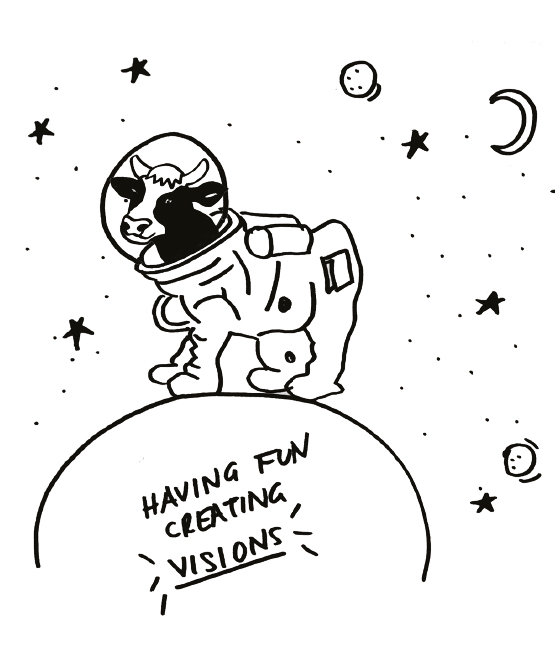INNOVATION CULTURE –
POSSIBILITIES AND CHALLENGES
Innovate or die? Ever faster technological innovation cycles, increasing customer demands, and increasing competition due to globalization are constantly adding to the pressure on companies. Companies can escape them by differentiation through innovation. Innovative companies avoid the price war via the unique position of their solutions, they attract the best employees, and they have easy access to capital.
However, more and more companies find out during the course of digitization that a managing director cannot simply order sustainable innovation . Instead, the most innovative companies rely entirely on the human factor and on the potential of their employees who have developed successful products such as Sony’s PlayStation, Gmail from Google, or Hilti's Fleet Management. These companies inspire their employees and give them creative freedom, as well as the appropriate structures and processes to fully develop their potential. In other words, they have successfully created an innovation culture.

Possibilities and challenges
Such an innovation culture actively involves employees in the strategy process – with measurable results: Companies that had a suitable innovation culture to support their innovation strategy experienced, on average, 30 percent higher growth in company value over a five-year period (Jaruzelski, Loehr & Holman, 2011).
The importance of an innovation culture is largely undisputed when it comes to how it affects companies’ sustainable success. However, our experience shows that there is little agreement on how this culture can be structured and systematically shaped. This is mainly due to two central challenges:
On the one hand, innovation culture is perceived as implicit and intangible – and it does not appear in any balance sheet. There is a lack of clear, regularly-recorded indicators, which replace assessments on instinct and ensure detailed progress reports. Without these indicators, it is difficult to set clear goals, identify responsible persons, allocate budgets, and visibly measure success.
On the other hand, the concrete tools and approaches to shape an innovation culture are lacking. While companies such as Apple or Google just seem to have it, the managers of companies outside of Silicon Valley lack tangible tools to successfully shape their own innovation culture. What can I do differently "next Monday"? Existing frameworks are often too general and abstract.
In order to respond to these challenges, we have developed the St.Gallen Innovation Culture Navigator.







